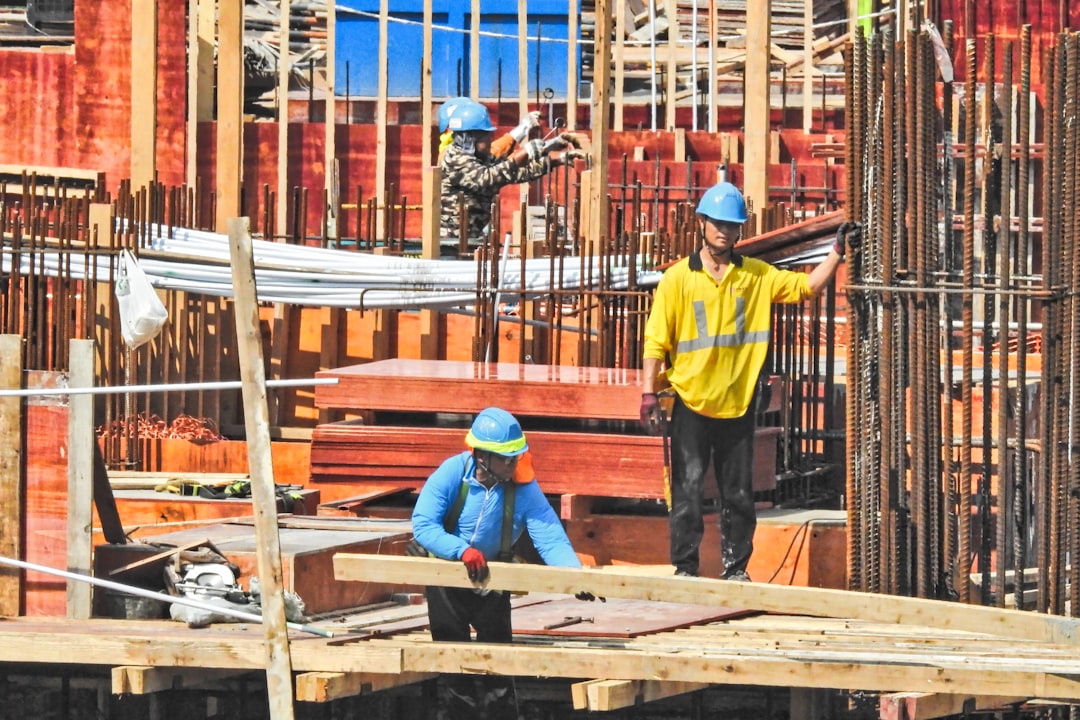
In residential construction, the margin for error is thin and client expectations are sky-high. An assemblies estimate groups the labor, materials, equipment, and mark-ups for a repeatable construction activity—think wall framing, stair installation, or roof sheathing—into a single, reusable unit. When your estimate is built on well-crafted assemblies, you quote faster, buy smarter, and protect profits on every project. CountBricks streamlines the process by translating real-time voice conversations into fully costed assemblies and generating professional quotes in minutes.
• A defined scope of work (e.g., “Frame 8 ft exterior wall”)
• Measured quantities pulled directly from blueprint takeoffs
• Pre-populated labor hours by trade classification
• Material SKUs linked to regional supplier pricing
• Equipment rentals or small tool allocations
• Overhead, contingency, and margin settings
Builders searching “assemblies estimate” usually need three things: speed, repeatability, and cost certainty. They want a template that can be dropped into any house plan without re-creating line items. CountBricks answers that intent by delivering drag-and-drop assemblies tied to live pricing and backed by AI-powered voice input.
1. Speak to the CountBricks mobile app while reviewing plans on site.
2. The AI converts your narration—“second-floor joists using 11-7/8 LVL, 16 in o.c.”—into structured data.
3. CountBricks matches the description to a saved assembly or proposes a new one.
4. Real-time supplier feeds update material costs before totals are calculated.
5. A branded PDF quote is generated and stored in your dashboard.
• Links to national and regional supplier catalogs
• Automatic escalation factors for lumber volatility
• Labor burden adjustments tied to zip-code wage tables
• Instant variance alerts when actual PO pricing deviates from the estimate
1. Open the “Assemblies” tab inside your CountBricks dashboard.
2. Select “New Assembly” and name it “8 ft Exterior Wall – 2 × 6.”
3. Add materials—studs, plates, sheathing, nails—by searching our live catalog or scanning barcodes.
4. Input production rates such as “22 linear ft per carpenter hour.”
5. Assign equipment like pneumatic nailers at a daily rental rate.
6. Click “Save.” The assembly is now searchable by voice and ready to drop into any future estimate.
• Slab-on-grade foundation 4 in concrete
• 2 × 6 load-bearing exterior walls
• Engineered I-joist floor system
• Asphalt shingle roof—architectural grade
• Vinyl window installation up to 6 ft wide
• Interior 2 × 4 partition walls with drywall
• Break out labor crews (carpenter, apprentice, laborer) so rate changes update globally.
• Attach your warranty text to each assembly; it auto-populates customer quotes.
• Use CountBricks voice tags like “add note” to capture special conditions in the field.
• Set reorder points on high-volume items; CountBricks alerts procurement automatically.
• Clone and tweak assemblies for multi-family projects to preserve historical cost data.
Assemblies minimize overlooked items. For example, framing a wall is not just studs and nails; it’s also sill sealer, anchor bolts, blocking, and inspection time. By cataloging these micro-costs, CountBricks reduces the chance of underbidding and cushions you against material spikes with dynamic pricing rules.
• One click converts an accepted quote into a purchase order list.
• Field crews log hours in the same assembly format, creating job cost feedback.
• CountBricks reconciles actuals versus estimate and pushes variances into your next bid.
Whether you frame custom homes or run production crews, adopting a disciplined assemblies estimate workflow is the fastest route to consistent profitability. CountBricks brings AI speed, real-time costs, and voice simplicity to the process—so you can spend less time in spreadsheets and more time building. Explore blueprint takeoffs, materials integration, and live demos at CountBricks.com/services.

Riverbend Carpentry, a five-crew framing contractor in the Midwest, struggled with overloaded estimators and material overruns. After onboarding CountBricks, the team built a library of 22 assemblies covering foundations, walls, floors, roofs, and exterior trim.
1. Week 1 – Voice workshop on site: crew leaders dictated their build sequence while CountBricks captured tasks.
2. Week 2 – Assemblies refined: production rates and regional lumber pricing linked to each assembly.
3. Week 3 – Historical projects back-loaded for benchmark analysis.
4. Week 4 – Purchase order automation activated; jobsite foremen received material drop schedules generated from approved estimates.
• Bid preparation time cut from 6 hours to 1.5 hours per residence
• 8 percent increase in gross margin thanks to accurate nail, hanger, and adhesive allowances
• Zero stock-out delays; CountBricks alerts triggered auto-reorders five days before material depletion
• Faster invoicing cycle—now completed within 24 hours of milestone inspection
• Capture tribal knowledge quickly—crew narration is faster than keyboard data entry.
• Keep assemblies granular; separate 8 ft and 9 ft walls to preserve accurate yield rates.
• Review cost variance reports weekly; minor deviations flagged early prevent budget drift.
Riverbend now bundles CountBricks assemblies into every RFP response, confidently quoting multi-home developments without adding staff. Your company can achieve the same scalability. Visit CountBricks.com/consultation to schedule a personalized assemblies audit and unlock more profit in your next residential project.